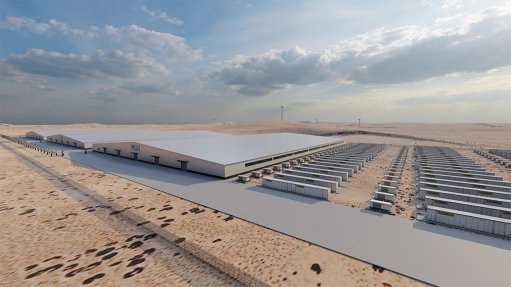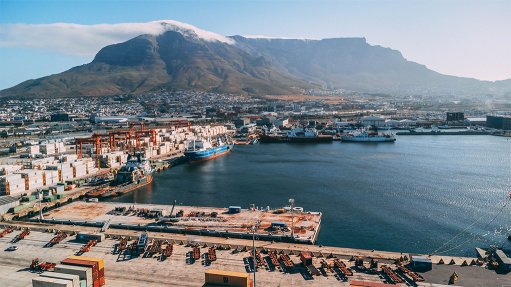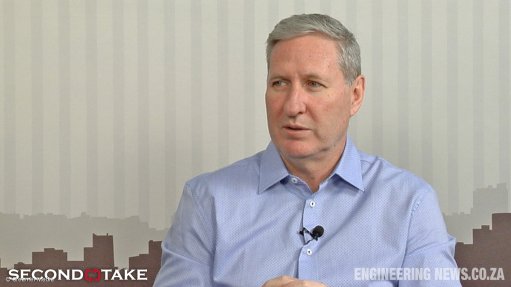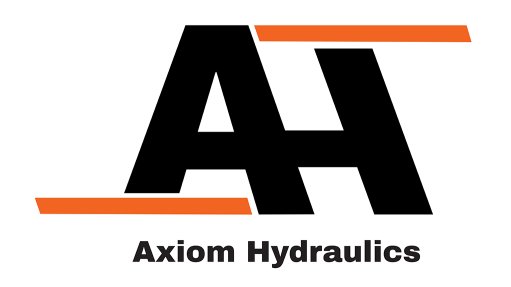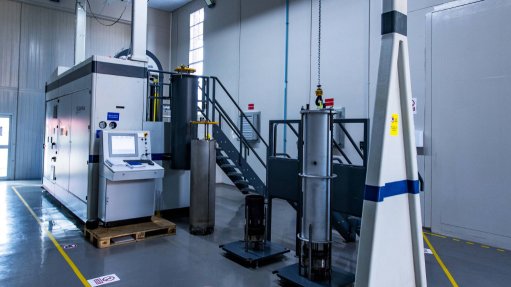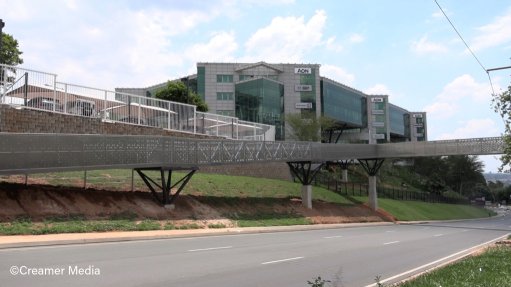Installed renewable capacity set to double by 2030 – IEA
Global renewable power capacity is predicted to increase by 4 600 GW, or more than double, by 2030, led by the rapid rise of solar PV, says intergovernmental organisation the International Energy Agency (IEA).
Solar PV will account for about 80% of the global increase in renewable power capacity over the next five years, driven by low costs and faster permitting timeframes, the organisation says in its 'Renewables 2025' report.
Geothermal installations, meanwhile, are also on course to hit historic highs in key markets, including the US, Japan, Indonesia and a host of emerging and developing economies.
Additionally, rising grid integration challenges are renewing interest in pumped-storage hydropower, with hydropower growth expected to be almost 80% faster over the next five years compared with the past five years.
In emerging economies across Asia, the Middle East and Africa, cost competitiveness and stronger policy support are spurring faster growth of renewables, with many governments introducing new auction programmes and raising their targets, the report notes.
India is on course to become the second-largest renewables growth market globally, after China, the IEA adds.
Further, companies' confidence in renewables remains strong and most major developers have either maintained or raised their 2030 deployment targets compared with last year, which reflects resilience and optimism in the sector.
However, offshore wind has a weaker growth outlook, about one-quarter lower than in the 2024 report, owing to policy changes in key markets, supply chain bottlenecks and rising costs.
“The growth in global renewable capacity in the coming years will be dominated by solar PV, with wind, hydropower, bioenergy and geothermal all also contributing,” says IEA executive director Fatih Birol.
“Solar PV is on course to account for about 80% of the increase in the world’s renewable capacity over the next five years. In addition to growth in established markets, solar is set to surge in economies such as Saudi Arabia, Pakistan and several Southeast Asian countries.
“As renewables’ role in electricity systems rises in many countries, policymakers need to play close attention to supply chain security and grid integration challenges,” he recommends.
The 4 600 GW is roughly the equivalent of adding China, the EU and Japan’s total power generation capacity combined, and the expansion of renewable electricity generation is taking place in a context of supply chain strains, grid integration challenges, financial pressures and policy shifts.
Meanwhile, the report’s outlook for global renewable capacity growth is revised downward slightly compared with last year, mainly owing to policy changes in the US and in China. The early phase-out of federal tax incentives along with other regulatory changes in the US lowered the IEA's growth expectations for renewables in the US market by almost 50% compared with last year’s forecast.
China’s shift from fixed tariffs to auctions is also impacting project economics in that country, thereby resulting in a reduction in the organisation's forecast for renewables’ growth in the Chinese market, the report shows.
However, these adjustments are partly offset by buoyancy in other regions, particularly India, Europe and most emerging and developing economies, where growth prospects have been revised upward owing to ambitious new policies, expanded auction volumes, faster permitting and rising deployment of rooftop solar.
Corporate power purchase agreements, utility contracts and merchant plants are also a major driver, together accounting for 30% of global renewable capacity expansion to 2030, doubling their share compared with last year’s forecast.
Meanwhile, global supply chains for solar PV and rare earth elements used in wind turbines remain heavily concentrated in China, underscoring ongoing risks to supply chain security.
While new investment to diversify supply chains is taking place in countries around the world, concentration in China for key production segments is set to remain above 90% through 2030, the IEA report highlights.
Further, the rapid rise of variable renewable energy is placing increasing pressure on electricity systems. Curtailment and negative price events are already appearing in more markets, which signals the need for urgent investment in grids, storage and flexible generation.
Several countries are beginning to respond with new capacity and storage auctions, but much more will be needed to ensure that variable renewables are integrated in a cost-efficient and secure way, the IEA notes.
It also points out that the role of renewables in transport and heating is expected to rise in the coming years, but only slightly.
In the transport sector, their share of energy use is forecast to increase from 4% today to 6% in 2030, driven mainly by renewable electricity for electric vehicles in China and Europe, with biofuels adding growth in Brazil, Indonesia, India and other key markets.
Separately, renewable energy sources' share of energy used globally to provide heat for buildings and industry is set to increase to 18% over the forecast five-year period, up from 14% in the past five years, the report adds.
Article Enquiry
Email Article
Save Article
Feedback
To advertise email advertising@creamermedia.co.za or click here
Comments
Press Office
Announcements
What's On
Subscribe to improve your user experience...
Option 1 (equivalent of R125 a month):
Receive a weekly copy of Creamer Media's Engineering News & Mining Weekly magazine
(print copy for those in South Africa and e-magazine for those outside of South Africa)
Receive daily email newsletters
Access to full search results
Access archive of magazine back copies
Access to Projects in Progress
Access to ONE Research Report of your choice in PDF format
Option 2 (equivalent of R375 a month):
All benefits from Option 1
PLUS
Access to Creamer Media's Research Channel Africa for ALL Research Reports, in PDF format, on various industrial and mining sectors
including Electricity; Water; Energy Transition; Hydrogen; Roads, Rail and Ports; Coal; Gold; Platinum; Battery Metals; etc.
Already a subscriber?
Forgotten your password?
Receive weekly copy of Creamer Media's Engineering News & Mining Weekly magazine (print copy for those in South Africa and e-magazine for those outside of South Africa)
➕
Recieve daily email newsletters
➕
Access to full search results
➕
Access archive of magazine back copies
➕
Access to Projects in Progress
➕
Access to ONE Research Report of your choice in PDF format
RESEARCH CHANNEL AFRICA
R4500 (equivalent of R375 a month)
SUBSCRIBEAll benefits from Option 1
➕
Access to Creamer Media's Research Channel Africa for ALL Research Reports on various industrial and mining sectors, in PDF format, including on:
Electricity
➕
Water
➕
Energy Transition
➕
Hydrogen
➕
Roads, Rail and Ports
➕
Coal
➕
Gold
➕
Platinum
➕
Battery Metals
➕
etc.
Receive all benefits from Option 1 or Option 2 delivered to numerous people at your company
➕
Multiple User names and Passwords for simultaneous log-ins
➕
Intranet integration access to all in your organisation









